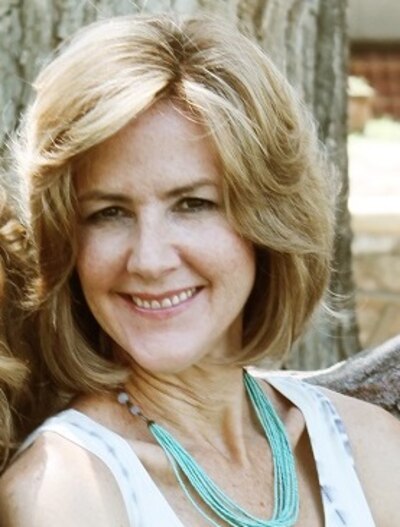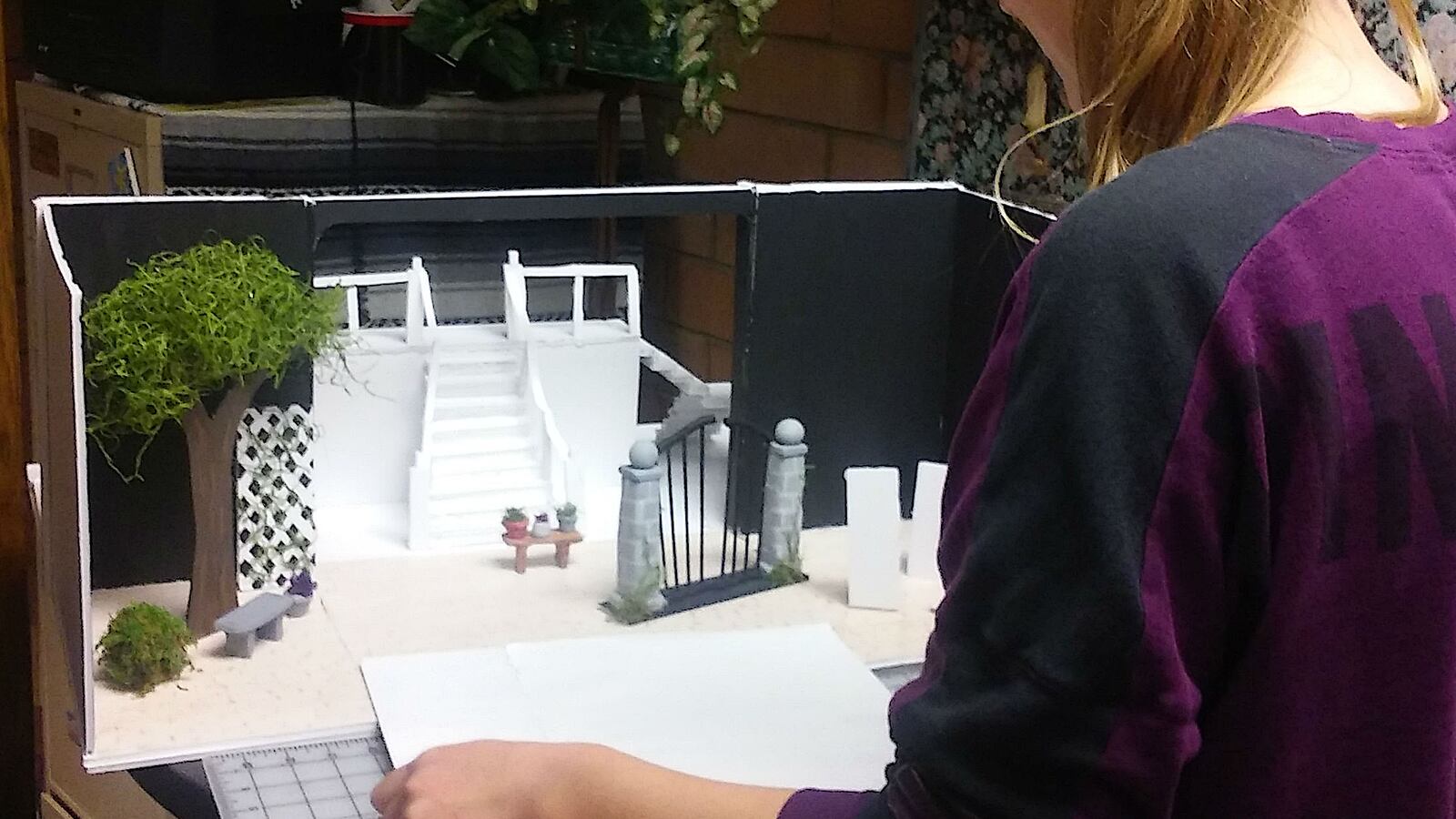How do teachers captivate their students? Here, in a feature we call How I Teach, we ask educators who’ve been recognized for their work how they approach their jobs. You can see other pieces in this series here.
Kelly Jo Smith, an English, speech, and drama teacher at La Junta Junior/Senior High School in southeastern Colorado, got her start in the arts with a directing gig in fifth grade.
Today, she hopes to spark her students’ creativity the way her own teachers did when she was in school.
Smith talked to Chalkbeat about why she loves teaching her gifted and talented theater class, what she’s learned from watching colleagues teach, and how one mother’s words stayed with her.
Smith is one of 20 educators who were selected to serve on the state’s Commissioner’s Teacher Cabinet. The group provides input to officials at the Colorado Department of Education on the impact of education policies in the classroom.
This interview has been condensed and lightly edited.
Why did you become a teacher?

I grew up playing school, helping others with projects, and directing shows, so I think it was instinctual. I was allowed to write and direct my first play in fifth grade, so my love of theater has been lifelong.
I attended Truman State University in Kirksville, Missouri, and received my bachelor’s degree in theater and communication with a minor in English. But I really think it was my high school teachers that had the biggest effect on my life. In everything from drama to band, I thrived and got to test and hone my creative side.
What does your classroom look like?
I decided a long time ago that if I was going to spend so much time at school (and what teacher doesn’t) I wanted my classroom to be cheerful and comfortable. My classroom has posters, student work, pictures — almost every inch of it is covered. I have a portfolio section where students keep their written work to show during conferences and “Student Center” where students can turn in work and pick up makeup work. The carpeted floor makes it easy to move groups to the floor as a way to meet several learning needs.
What is one of your favorite lessons to teach?
One of my favorite classes to teach — or I should say mentor — is the gifted and talented theater course. I designed this when I was getting my master’s degree from Adams State University. Students can begin with an examination of theater history, or an acting or directing project. I have had students create Greek masks, one-man shows, film projects, and currently have one student studying theater design. Students start with the standards, design their project, read articles and text, and blog and journal. Finally, they have a public showing or juried presentation. I love working with students who are fired up and inspired to test their own creative ideas. Teaching kids to explore and how to shape that exploration is key.
How do you respond when a student doesn’t understand your lesson?
Presenting oral and written instructions are important. That way, students can listen in the moment, but have clarification to refer to at home. I encourage students to ask for clarification and that may come in conferences, emails or thumbs up or down, pairing off and explaining the lesson to their peer. I also have a class Facebook page, where I post updates and assignment links so that parents can get the information as well.
How do you get your class’s attention if students are talking or off task?
I like using the “catch and release” strategy from Penny Kittle’s book, “The Greatest Catch: A Life in Teaching.” It comes from her experience fishing with her dad. In the classroom, we provide directions and then release students to work, but sometimes we need to catch them again to explain a detail or celebrate an accomplishment. Other times just walking by and making my presence known is all that is needed. I like to have several tricks because no one class is the same.
How do you get to know your students and build relationships with them? What questions do you ask or what actions do you take?
I like to learn about my students’ history. I share my story: “How did I get to where I am?” My first assignment in my speech class is called the “20/20 Speech.” Twenty slides in 20 seconds — students will include pictures of themselves at different ages, pictures of family, activities, schools they want to attend, future plans, books, movies and music. They begin and end with a quote that represents their essence. It is a great way to learn about students.
I watched a teacher (going to visit other classrooms is the best way to perfect your craft) start the class by opening it up to anything that happened since they last met that needed to be discussed. I like doing that because it gives students a voice in the classroom and then clears the way for focus on lessons.
Fill in the blank. I couldn’t teach without my _________. Why?
My creativity. Kids are kids! If you teach long enough you see cycles come and go and you have probably heard it all. If you approach the class with creativity, a good attitude, and a sense of humor … failures are not the end, just opportunity for a different approach.
Tell us about a memorable time — good or bad — when contact with a student’s family changed your perspective or approach.
I had a great mom of a student and each time we would leave for a (field) trip, she would tell me, “Drive careful. You have precious cargo.” All our students are precious cargo and the journey we take them on can change their lives.
What are you reading for enjoyment?
“The Handmaid’s Tale” by Margaret Atwood.
What’s the best advice you ever received?
I had a principal once tell me, “Kelly, make sure they treat you like a professional.” Teaching is a profession. It is not easy and not for the faint of heart. It is personal and hard, time-consuming and, much of the time, thankless. I am a professional and not all of my attempts in the classroom have been successful, but they have been learning experiences. When I see the light of creativity spark in a student, I know that I am making a difference.

